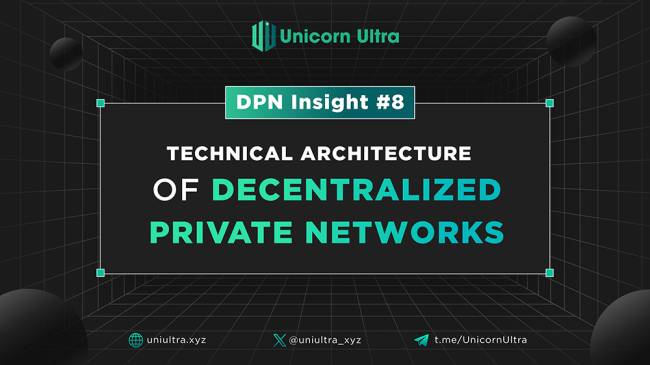In the next and also the last 3 articles, we will dive deeper into the development around DPN, including how it works technically, its practical applications, as well as the challenges and future advancements of this technology. Afterwards, we will wrap everything up and give you a glimpse into our decision-making process when developing U2 DPN.

This article aims to delve deeply into the technical foundations of DPNs, shedding light on how they enhance digital privacy and security.
Blockchain as the Backbone of DPNs
At the core of DPNs lies blockchain technology, a transformative force in the realm of digital networks. Blockchain provides the decentralization necessary for DPNs, distributing data across a network of nodes rather than centralizing it in a single location. This decentralization is crucial for enhancing network security and data integrity, as it mitigates the risks associated with single points of failure and centralized control.
Moreover, blockchain's immutability and transparency are pivotal in reinforcing the robustness of DPNs. Once data is recorded on a blockchain, it cannot be altered without consensus from the network, ensuring data integrity. This transparency allows for verifiable and traceable transactions, instilling trust in the network’s operations.
Advanced Encryption Techniques Utilized in DPNs
Encryption is the linchpin of security in DPNs. These networks employ a variety of encryption methods to protect data as it traverses the internet. Symmetric encryption, where the same key is used for both encryption and decryption, provides a fast and effective way to secure data. Asymmetric encryption, or public-key cryptography, uses two separate keys – a public key for encryption and a private key for decryption – adding an extra layer of security.
DPNs also adhere to high encryption standards and protocols, such as AES (Advanced Encryption Standard) and RSA (Rivest–Shamir–Adleman), to ensure that the data remains protected against unauthorized access and cyber threats.
Data Flow Management within DPN Networks
Managing data flow is a critical aspect of DPNs. Data transmission in these networks involves complex processes that ensure secure and efficient delivery from the sender to the receiver. This is achieved through node-to-node communication, where data packets are encrypted and passed through various nodes in the network, each adding a layer of encryption.
The role of distributed ledgers in DPNs is also crucial. These ledgers record data movements across the network, ensuring every transaction is traceable and verifiable. This not only enhances security but also improves the transparency of data flow within the network.
Upholding User Privacy and Secure Communication in DPNs
DPNs place a strong emphasis on user privacy. They employ mechanisms that anonymize user activities and protect personal information from exposure. Through decentralized structures and peer-to-peer connections, DPNs ensure that communication channels are secure and private. End-to-end encryption protocols are utilized to ensure that only the intended recipients can access the transmitted data.
Conclusion
The technical architecture of Decentralized Private Networks marks a significant advancement in the field of digital privacy and security. By leveraging blockchain technology, advanced encryption techniques, and innovative data flow management, DPNs provide a more secure, transparent, and user-centric approach to online communication.
As we continue to navigate the complexities of the digital world, the role of DPNs becomes increasingly vital, offering a promising solution to the challenges of digital privacy and security.



.png)


